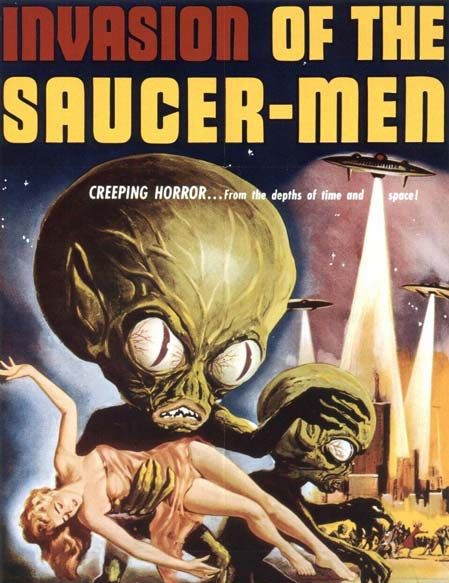Orson Welles’ 1938 radio drama The War of the Worlds played upon our concerns of what is out there (as well as what is in here), but our fears aren’t unfounded. Making contact with life more intelligent than us could be an existential risk, a situation that keeps Stephen Hawking awake at night.
But one thing scarier than discovering alien life in the universe might be not finding any. If no one else could make a go of it, our days would seem to be numbered. If outer space is a ghost town, isn’t it likely we’ll soon be ghosts as well?
At the Atlantic Science section, Tom Chmielewski writes of the protocol for proceeding should we make contact. An excerpt:
Since the first exoplanet was identified in 1992, astronomers have confirmed the existence of nearly 1,900 planets beyond our solar system. The sheer number of planets increases the statistical probability that Earth-like planets will be found. Some estimate that there are around 140 habitable planets in our stellar neighborhood within 33.6 light years of Earth. Many astronomers estimate that we’ll find a life-bearing planet within 25 to 30 years, or maybe tonight, if we know what to look for.
The upcoming 10YSS symposium will focus on both the pragmatic and more theoretical elements of such a discovery: How do we find Earth 2.0? How do we confirm evidence of life? If we find evidence of intelligent life out there, how do we announce it to the world? How will the people of Earth 1.0 react?
“How do you finally decide, ‘Eureka, we found it?’” said Mae Jemison, a former NASA astronaut and the principal for 100YSS. “What are the compelling signs of finding another planet outside of our solar system that indisputably is terrestrially evolved, with earth-like evolved lifeforms? … What would happen if we could identify it [as Earth 2.0]? How does that change us?”•
Tags: Mae Jemison, Tom Chmielewski

